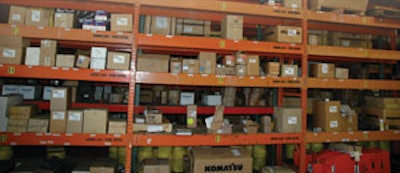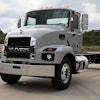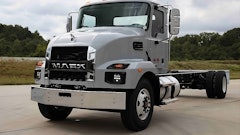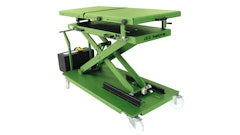
Parts - you have to love them and hate them. There doesn't seem to be any in-between. If you keep parts in stock, you can maintain and repair your equipment on your schedule (assuming you have qualified personnel to do so). On the other hand, if you have too many parts in stock or the wrong ones, you put yourself in the parts business (with all that it entails), which can get expensive in a hurry.
The goal for any contractor who works with equipment - whether you own it or not - is uptime and nothing else. The equipment is either earning its keep or it isn't. To keep it moving, owners have to do four things:
- Perform the required preventive maintenance.
- Fix them when they break down.
- Have trained operators to help keep them from breaking in the first place.
- Have qualified technical help available when you need it.
Whether you do this in-house or not will depend on the size of your company; where and when you do your work; your commitment to training; if you have the necessary equipment to complete quality repairs; and the proximity of parts and technical help.
If you can manage the logistics reasonably well because your work is pretty much contained to a local area, you will be better able to manage the related parts and service business. If the equipment is spread out all over the region, keeping up with PMs and repairs becomes a problem. In short, the better able you are to monitor and control the work process, the more consideration you should give to doing your own PMs and repairs, and thus maintaining a parts inventory to support the service function.
Ways to avoid the parts business
Just so you know, the general rule for an annual carrying cost for inventory - parts inventory, in this case - is 20% of the cost of the inventory plus an interest factor. That is on a per year basis. By the time you order it, receive it, account for it, store it, move it, insure it, count it, lose it, pay interest on it and, in general, waste time on it, you are talking some real dollars. With the ability to receive parts overnight these days, why would you want to even consider this?
The real trick is to stay out of the parts business and let someone else have the pleasure of managing this function for you. Work out a deal with your local dealer. Give them a list of your equipment and have them prepare a PM schedule for you and have the parts available to meet the schedule. You can even try to get them to maintain your PM schedule for you. This way, you can do what you have to do when you can, and they can pick up the ball when you fall behind or need a major repair or special equipment to facilitate a repair.
The other option is to rent equipment when working out of your local environment. You can then let the PM, repairs and parts issue fall on the rental company. If a unit fails, just have them replace it with another. Rental keeps you out of the parts and service business entirely and keeps you focused on what you do best.
Components of parts management
If you really feel you need to service your own equipment, and you're considering taking on the parts function as part of that process, there are a few things you need to have in place before doing so. (See "Dealer Parts Management 101").
In addition, overall business considerations include:
- Is downtime reduced using this process?
- What is the true cost to do this in-house?
- Last but not least, what are the cash flow implications?
If you cannot truly measure whether the additional uptime is more than offsetting the cost of the service department and providing additional ROI, you have to take a hard look at the whole idea of being in the service and parts business.
No matter what business model you follow, parts ownership in some shape or form will be part of the process. What contractors should avoid, however, is getting into the parts business without knowing enough about it. It's an expensive proposition that is hard to justify in this day and age.
Dealer Parts Management 101
Turn and earn is the goal
- Neat, current and clean is the only way to go.
- Use overnight delivery when you can.
- Use a maintenance system to accumulate costs.
- Find generic parts sources.
- Find OEM parts sources.
- Train your people like a dealer would.
- Benchmark your cost against dealer cost.
Service requirements
- Qualified mechanics
- Maintenance schedules
- Shop equipment
- Mechanic training
- Warranty system in place
- Inspection knowledge
- Installation knowledge





















